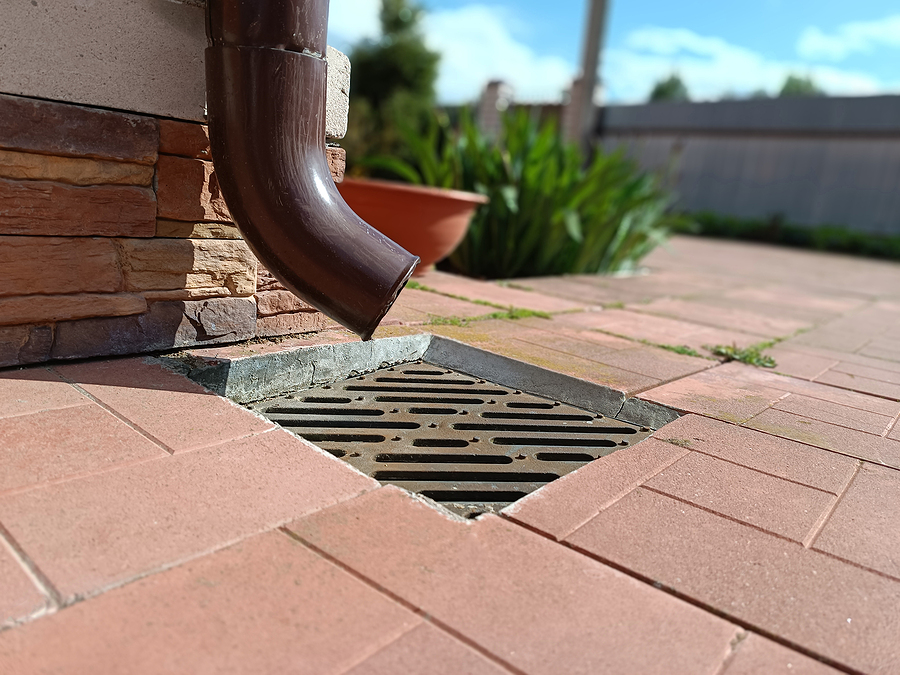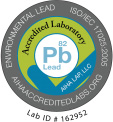
Air pollutants are defined as natural or artificial substances introduced into the environment and thus affecting the air quality. These pollutants create possible health risks for those who breathe the air.
There are some substances that more commonly pollute the indoor and outdoor air we breathe and some of those are more harmful than others.
Carbon monoxide is found in the air and can be fatal
Carbon monoxide is a result of the “incomplete burning” of material and fuel such as wood and gas. Incomplete burning simply means there isn’t sufficient oxygen for a complete burn. Carbon monoxide can be found wherever this occurs.
This air pollutant poses a potentially fatal risk. If there is exposure it can be life-threatening in very little time. When running any type of generator or other motor, be sure it’s a well-ventilated area and not indoors.
Particulate matter can result in respiratory problems
Particulate matter, also called particulate pollution, is a mixture of solid and liquid droplets either emitted directly or formed. These particles can sometimes appear in the form of dust, other times they can be so small that they are only visible with a microscope.
Construction and smoke can be contributing factors. The haze that appears outdoors when there is heavy smoke such as that from wildfires, is due to fine particles in the air. Some haze-causing particles are emitted into the air directly from soot. Lungs can be negatively affected by this particulate matter.
The EPA measures particulate matter and will issue air quality alerts if there’s a risk. Some particles less than 10 micrometers in diameter can negatively affect your lungs and some may even get into your bloodstream. When particles are less than 2.5 micrometers in diameter they pose an even greater risk.
Asbestos is found in homes and buildings
This air pollutant is a little different than others as it typically gets into the air only when there is a disturbance. Asbestos can be found in a variety of building materials used for insulation and as a fire retardant. It is more commonly found in older buildings and homes and has since been put under strict regulations and partial bans for future use.
When materials are moved around and disturbed during work, such as demolition and construction in homes where asbestos was used, it creates a risk as this harmful pollutant becomes airborne. It can result in severe lung diseases such as mesothelioma.
Radon is everywhere in the soil
Radon is found naturally in the environment and is a result of the natural breakdown of uranium. Since uranium is found in rocks and soil as well as water it is a common air pollutant. Radon also travels into the air via building materials.
The risk factors for health problems related to radon exposure occur in enclosed spaces especially when levels are elevated. Homes with basements can have more risk of exposure than slab-on-grade foundations.
SanAir Technologies Laboratory The Identification Specialists
Testing air quality and identifying air pollutants is vital. If you require testing and have any questions about the process, we are here to help. Our professional staff will ensure you receive the customer care you and your family deserve as well as reliable test results. Call us at 1-888-895-1177 to speak to an expert about your air quality testing needs or visit us online.
















